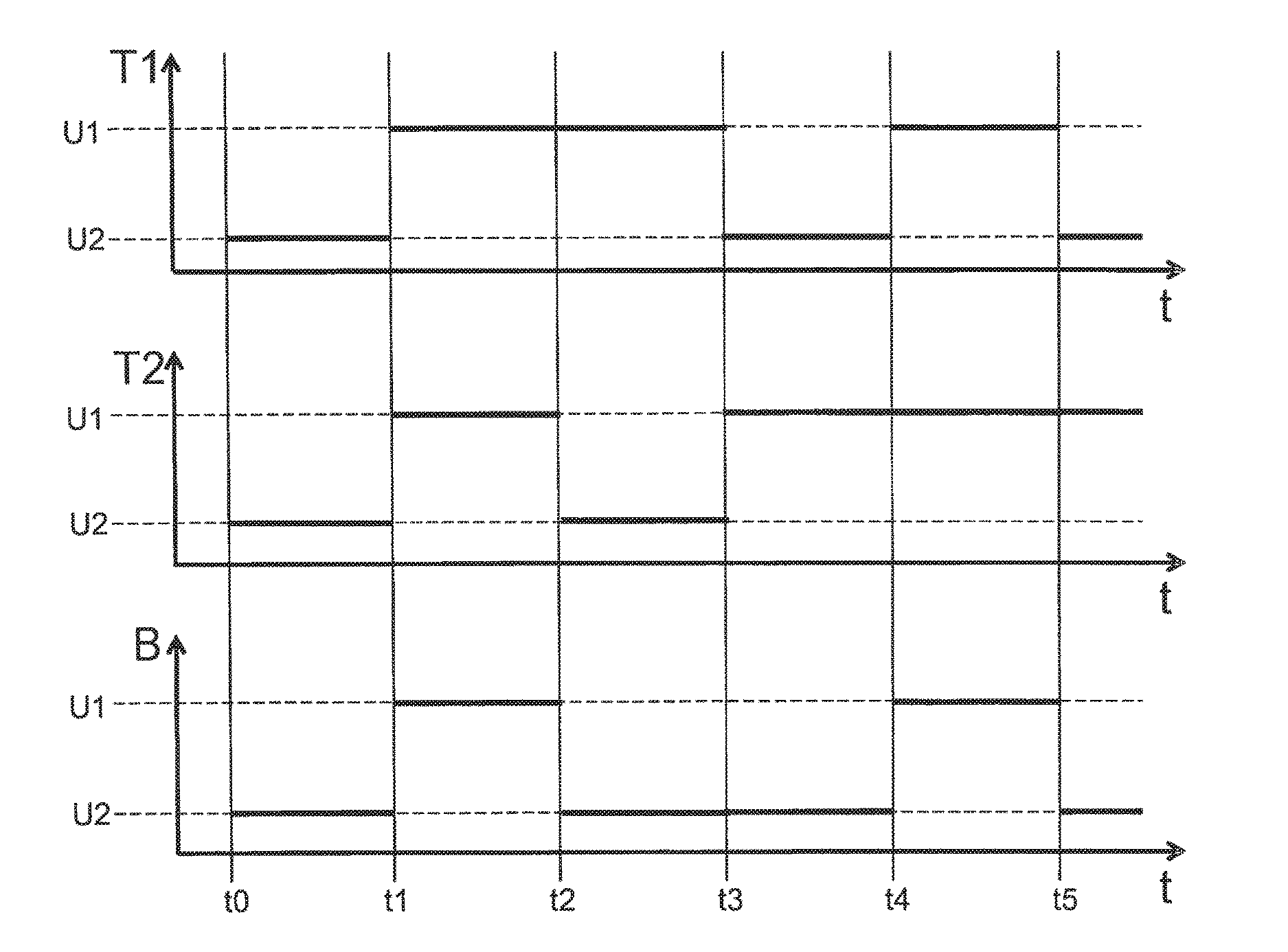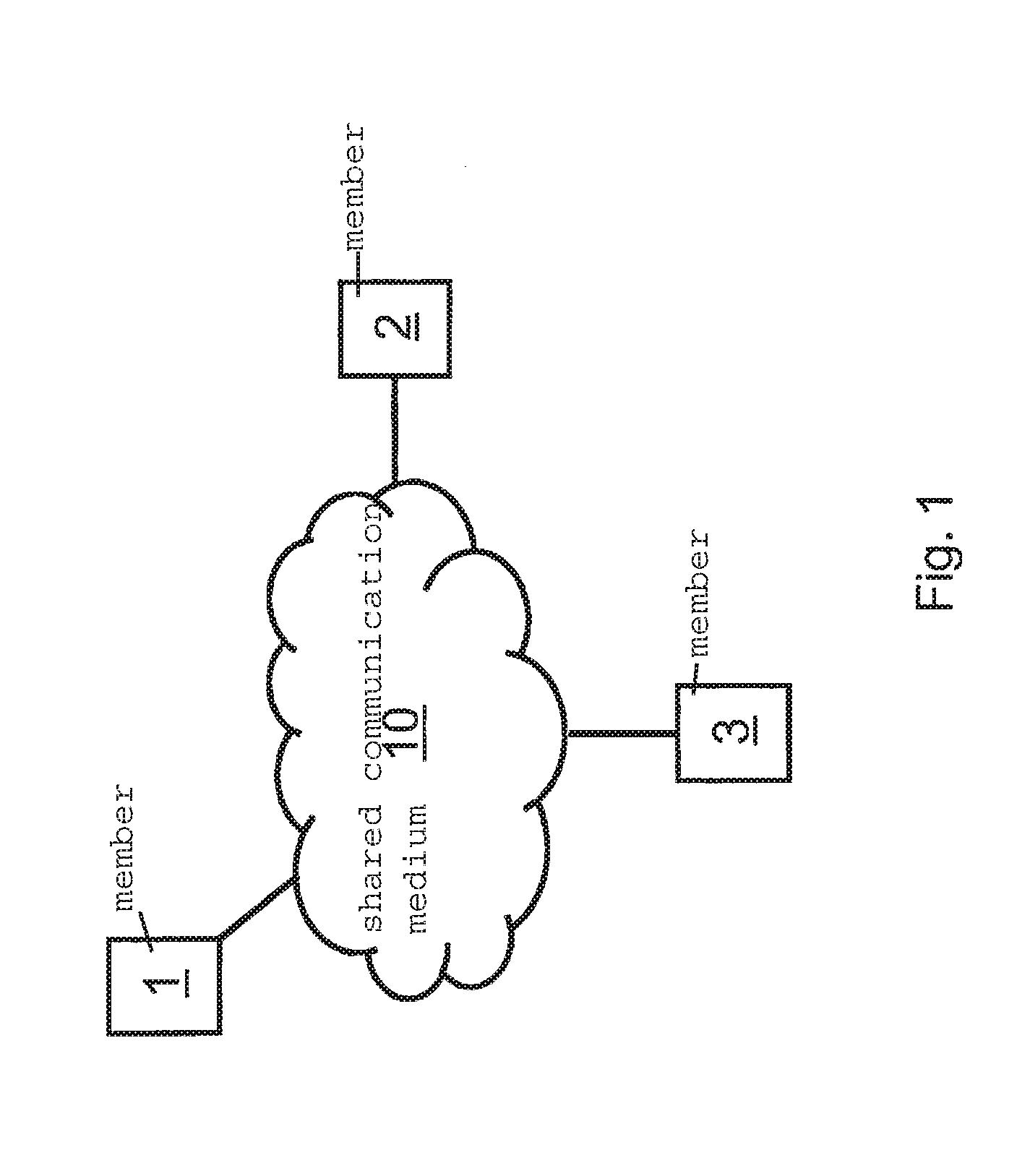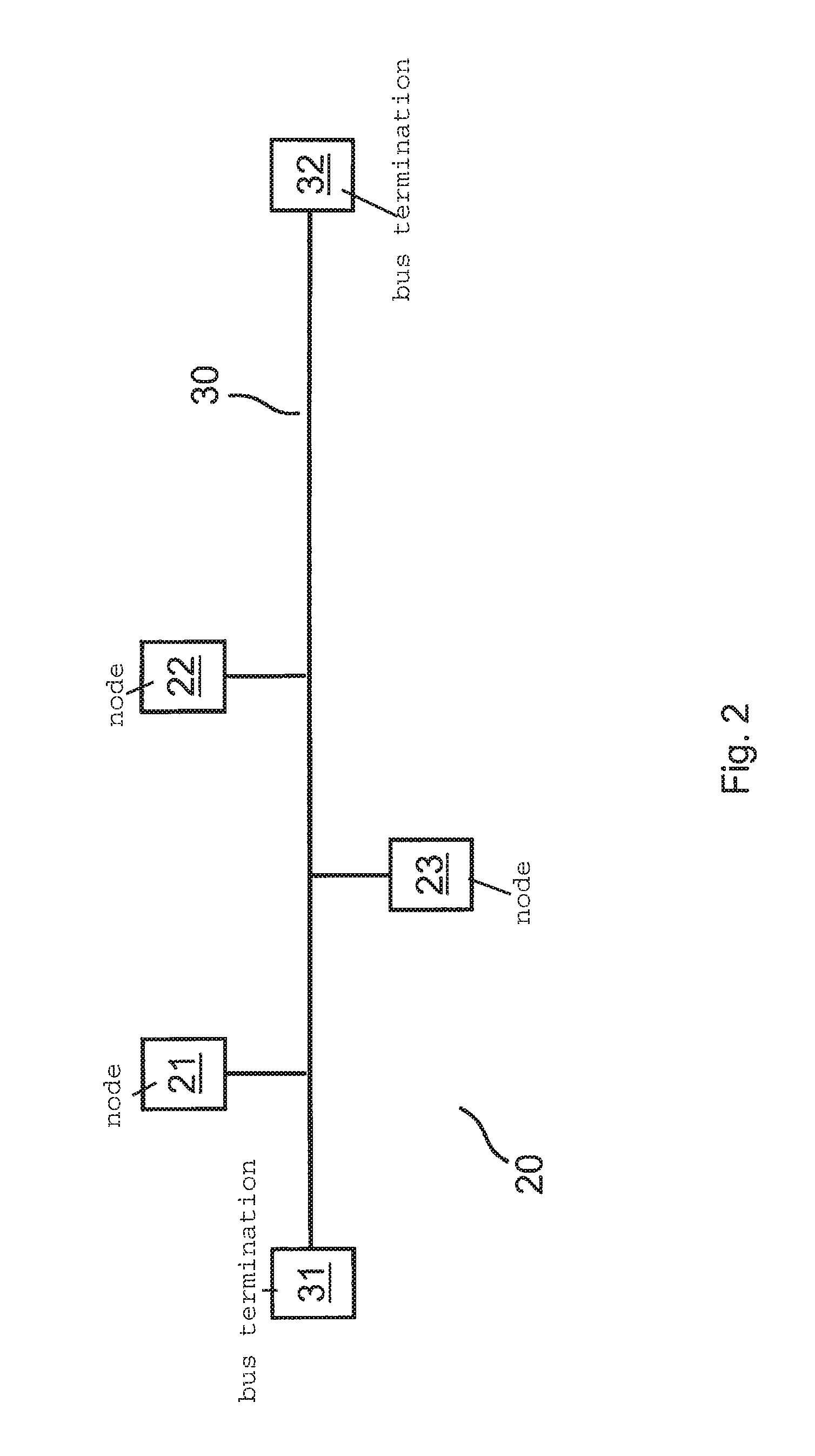Method for generating a secret or a key in a network
a network and key technology, applied in the field of secret generation, can solve the problems of relatively low computing power, high computing complexity, suitable resource-limited nodes, etc., and achieve the effects of low complexity, low power and time consumption, and high key generation ra
- Summary
- Abstract
- Description
- Claims
- Application Information
AI Technical Summary
Benefits of technology
Problems solved by technology
Method used
Image
Examples
Embodiment Construction
[0027]The present invention relates to a method for generating a secret such as a (secret) symmetric cryptographic keys between two nodes of a communication system (members of a network), which communicate with each other via a jointly used medium (transmission channel of the network). The generation and negotiation of the secret, in particular, of the cryptographic keys, is based on a public data exchange between the two members, it being impossible or very difficult for an eavesdropping third party as attacker to draw a conclusion regarding the generated keys. Using the present invention it is thus possible to establish appropriate symmetric cryptographic keys between two different members of a network fully automatically and safely to then, based thereon, implement certain security functions such as data encryption. As will be described in detail herein, initially a shared secret is established for this purpose, which may be used for generating keys. Such a shared secret may, how...
PUM
 Login to View More
Login to View More Abstract
Description
Claims
Application Information
 Login to View More
Login to View More - R&D
- Intellectual Property
- Life Sciences
- Materials
- Tech Scout
- Unparalleled Data Quality
- Higher Quality Content
- 60% Fewer Hallucinations
Browse by: Latest US Patents, China's latest patents, Technical Efficacy Thesaurus, Application Domain, Technology Topic, Popular Technical Reports.
© 2025 PatSnap. All rights reserved.Legal|Privacy policy|Modern Slavery Act Transparency Statement|Sitemap|About US| Contact US: help@patsnap.com



